Only a few months after the UK effectively agreed to throw open its market to various livestock products from New Zealand (NZ), the EU has taken a much more precautionary approach around granting market access to the southern hemisphere country.
Last Thursday the EU and NZ confirmed that a political agreement has been reached on a trade deal which is expected to increase trade by 30% between both parties.
However, reports suggest that negotiators were haggling over market access for NZ beef and dairy products up to the last minute. A statement from the EU announcing the deal, specifically refers to taking into account the interests of “producers of sensitive agricultural products” as part of the deal.
In the end, the EU agreed to lower import tariffs on 21,000t of NZ butter, and allow in an additional 15,000t over a 7-year period. On cheese, NZ can export an additional 15,000t, while for beef, it has secured lower tariffs on up to 10,000t.
The trade deal has been criticised by agri-food industry leaders in both NZ and the EU.
Very disappointing
Simon Tucker, a director at NZ dairy company Fonterra, described the deal as “very disappointing” adding that it reflected the degree of protectionism which continues to afflict world dairy markets.
The chief executive of Beef + Lamb NZ, Sam McIvor said it was difficult to understand why a more ambitious outcome wasn’t possible, and that the EU had “failed to live up to their rhetoric of being free traders.”
Sirma Karapeeva, the chief executive of the NZ Meat Industry Association, claimed that the trade deal “maintains small quotas that will continue to constrain our companies’ ability to export to the EU”.
However, EU farm and co-operative umbrella body Copa Cogeca was also not happy, pointing to important concessions in sensitive sectors that will lead to increased market pressure for EU farmers.
UK deal
Despite that, the concessions given by the EU are significantly less than those offered by the UK as part of a trade deal with NZ signed at the end of February 2022.
It gives NZ an initial 12,000t beef quota that increases to 38,820t by year 10 and completely free access after 15 years. Butter access starts with a 7,000t quota, increasing to 15,000t after five years and free access after six years.
A cheese quota of 24,000t rises to 48,000t by year five and then free access. There is also increased access for NZ lamb, even though it already has a quota for 114,000t to be imported tariff free.
The UK : NZ trade deal is yet to be approved by respective parliaments. A similar trade deal between the UK and Australia is slightly ahead in the ratification process, having been laid before the UK parliament on 15 June 2022.
While the UK government is currently dominated by politicians who seem themselves as “free marketeers”, the UK also hopes that these trade deals will open up the possibility of joining the trans-Pacific trade agreement known as CPTPP.
Read more
EU production limited as global agricultural demand slows
MPs call on UK government to adopt “core standards”
Only a few months after the UK effectively agreed to throw open its market to various livestock products from New Zealand (NZ), the EU has taken a much more precautionary approach around granting market access to the southern hemisphere country.
Last Thursday the EU and NZ confirmed that a political agreement has been reached on a trade deal which is expected to increase trade by 30% between both parties.
However, reports suggest that negotiators were haggling over market access for NZ beef and dairy products up to the last minute. A statement from the EU announcing the deal, specifically refers to taking into account the interests of “producers of sensitive agricultural products” as part of the deal.
In the end, the EU agreed to lower import tariffs on 21,000t of NZ butter, and allow in an additional 15,000t over a 7-year period. On cheese, NZ can export an additional 15,000t, while for beef, it has secured lower tariffs on up to 10,000t.
The trade deal has been criticised by agri-food industry leaders in both NZ and the EU.
Very disappointing
Simon Tucker, a director at NZ dairy company Fonterra, described the deal as “very disappointing” adding that it reflected the degree of protectionism which continues to afflict world dairy markets.
The chief executive of Beef + Lamb NZ, Sam McIvor said it was difficult to understand why a more ambitious outcome wasn’t possible, and that the EU had “failed to live up to their rhetoric of being free traders.”
Sirma Karapeeva, the chief executive of the NZ Meat Industry Association, claimed that the trade deal “maintains small quotas that will continue to constrain our companies’ ability to export to the EU”.
However, EU farm and co-operative umbrella body Copa Cogeca was also not happy, pointing to important concessions in sensitive sectors that will lead to increased market pressure for EU farmers.
UK deal
Despite that, the concessions given by the EU are significantly less than those offered by the UK as part of a trade deal with NZ signed at the end of February 2022.
It gives NZ an initial 12,000t beef quota that increases to 38,820t by year 10 and completely free access after 15 years. Butter access starts with a 7,000t quota, increasing to 15,000t after five years and free access after six years.
A cheese quota of 24,000t rises to 48,000t by year five and then free access. There is also increased access for NZ lamb, even though it already has a quota for 114,000t to be imported tariff free.
The UK : NZ trade deal is yet to be approved by respective parliaments. A similar trade deal between the UK and Australia is slightly ahead in the ratification process, having been laid before the UK parliament on 15 June 2022.
While the UK government is currently dominated by politicians who seem themselves as “free marketeers”, the UK also hopes that these trade deals will open up the possibility of joining the trans-Pacific trade agreement known as CPTPP.
Read more
EU production limited as global agricultural demand slows
MPs call on UK government to adopt “core standards”



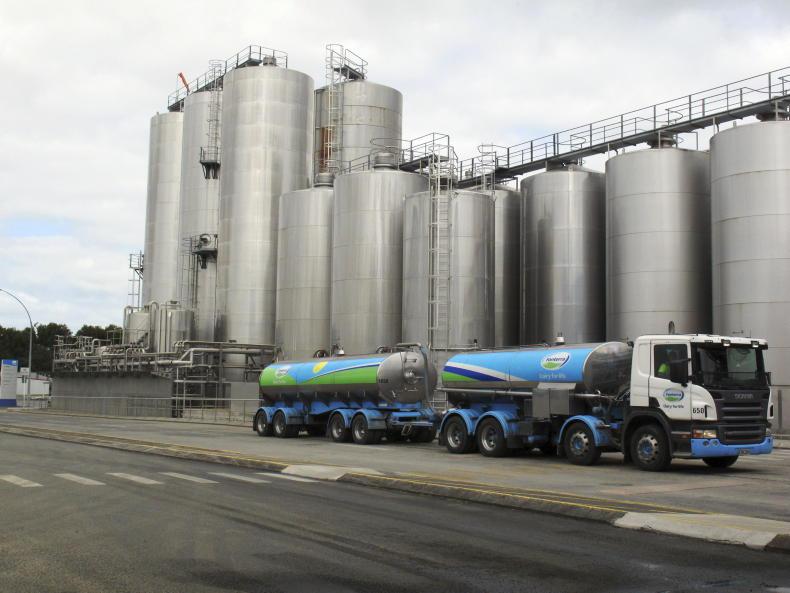

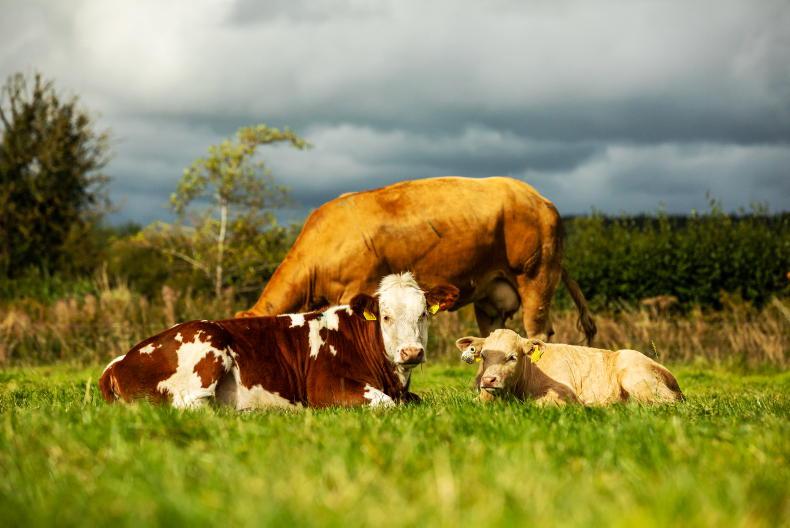

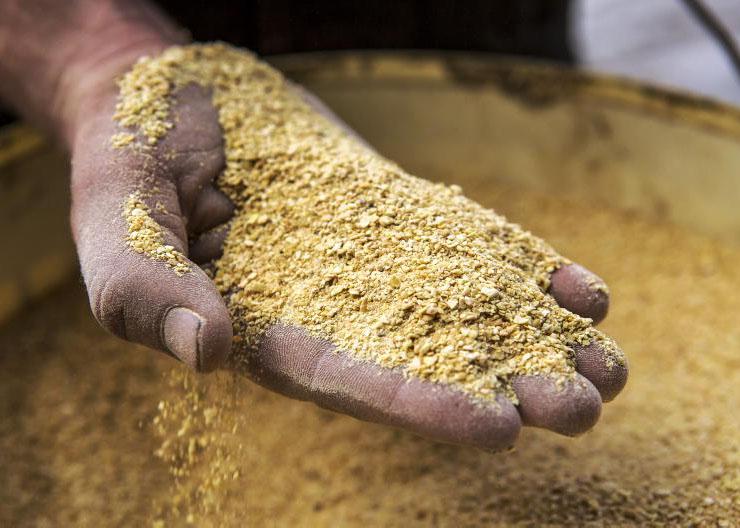
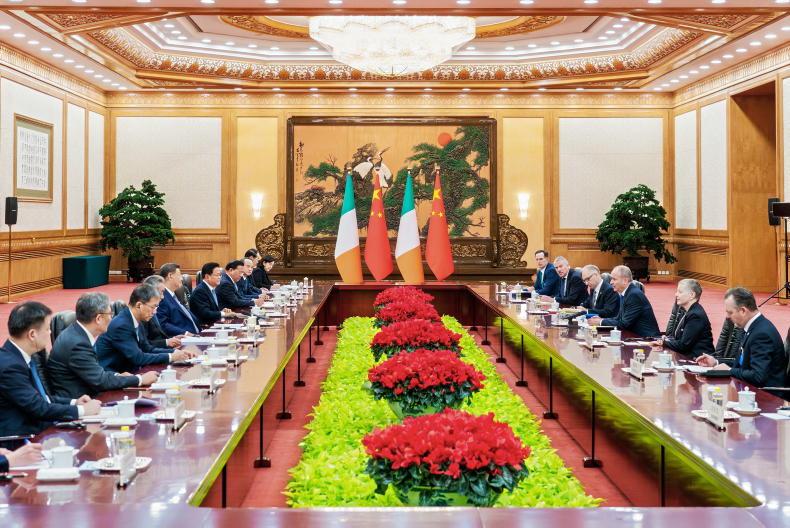
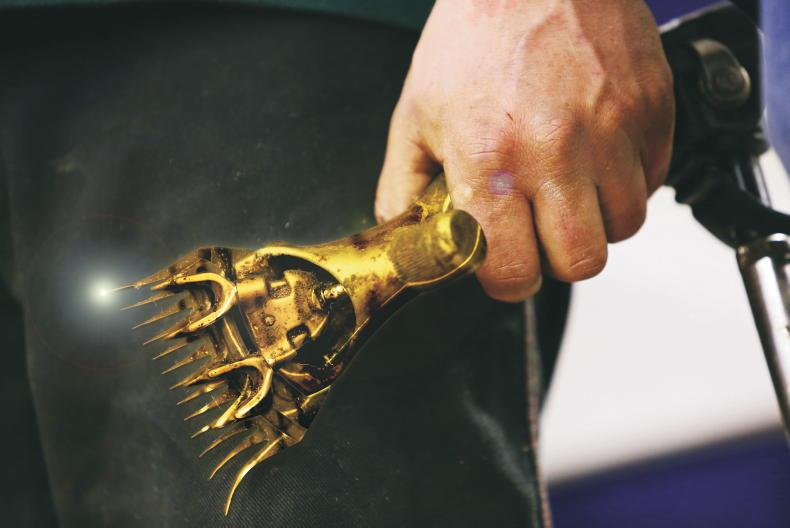
SHARING OPTIONS